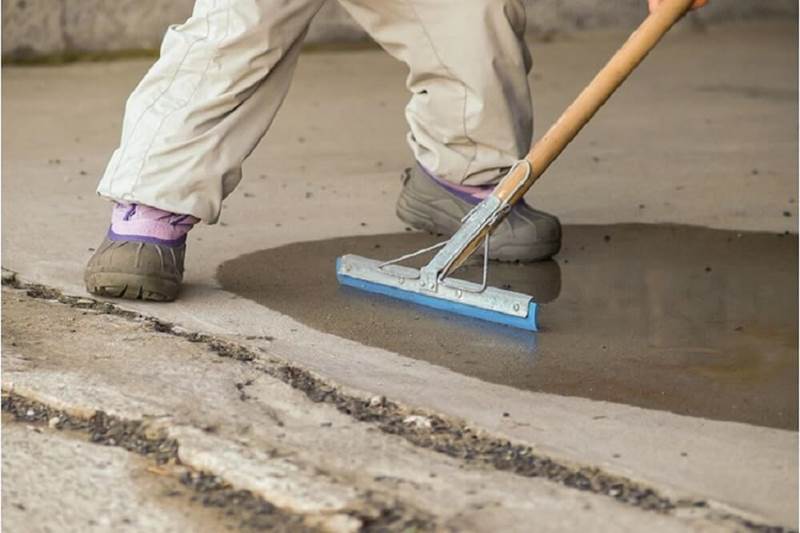Key Things You Must Know About Moisture in Concrete

In the construction industry, it’s important that you have everything checked to prevent any accidents in the future. One of these is doing a concrete moisture test, which lets you see if there is moisture in the concrete slab. It determines if the concrete has a higher than specified moisture content or not. If it does, it can cause the adhesives to fail, which isn’t what you want to happen in big projects, such as buildings. But why is it important to know if there’s an unnatural amount of moisture on the concrete? Find out more here.
The Things You Must Know About Moisture in Concrete
Whether you’re a general contractor or not, you want to ensure that your project is perfect. And one aspect you need to check is the concrete and ensure it doesn’t contain too much moisture. Here are some reasons why;
Moisture is a Part of Concrete
It’s worth noting that moisture is part of concrete. However, tons of moisture-related damages in the construction and building industry have also caused billions of damages. So it’s also worth repeating that too much is not healthy anymore, especially when it comes to moisture in the concrete slab. Water is a crucial ingredient in concrete, especially during the hydration process that sets and cures the cement portion of any concrete blend. But if the water fails or isn’t given enough time to leave the slab, it can cause many problems, such as health hazards like mildew and mold growth.

Moisture Evaporates on the Surface of Concrete
In the initial stages of creating concrete, water is used in the hydrating and curing process. After that, moisture must be released through the drying process. During this process, a huge percentage of moisture must reach the surface and evaporate naturally. The moisture will follow small pathways, which form as it combines with other initial mix elements. As the moisture evaporates, more and more will move through these pathways in a cycle while creating a gradient effect inside the slab. Until the concrete slab is sealed, this cycle generally means that the moisture level is typically deeper in the slab.
You Can Never Rush Concrete
There are many processes and products you can use to dry the concrete faster. These include self-desiccant products in the initial mix, dehumidification, manipulating ambient conditions, lower initial water mix, etc. If used properly, they are good. But one wrong step can cause more harm than good. But as a rule of thumb, it’s typically one month of drying time for each inch of slab depth. However, the reality of concrete is that too many factors come into play to assume you can predict when it will be dry. But rushing it can compromise the quality of the slab. Slow down, and your schedule might be compromised.



